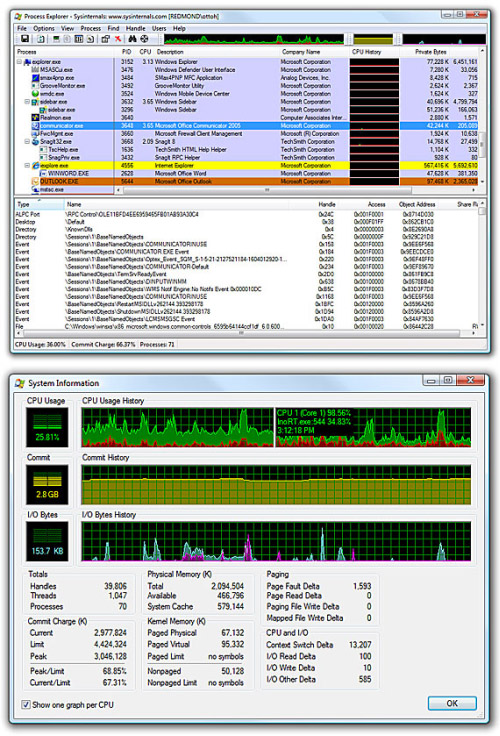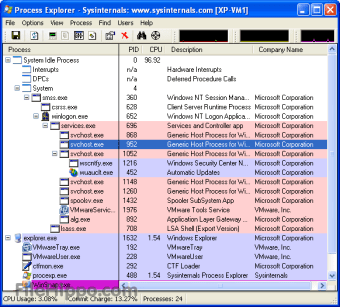

There are three unique users in this set. If your product doesn't assign user IDs, an Amplitude ID will be generated when Amplitude sees a particular device ID for the first time. Each one will include an explanation of how Amplitude uses the device ID or the user ID to either generate a new Amplitude ID, or determine if there is an existing Amplitude ID it can use instead. In this section, we'll explore some common situations Amplitude encounters when trying to track unique users. Initialize the Amplitude SDK on Site 2 with amplitude.init(' YOUR_API_KEY', null, ).Pass the device ID to Site 2 via a URL parameter or third party cookie.From Site 1, grab the device ID from.After that, you'll have to reinitialize the SDK with the passed device ID: To track an anonymous user who starts on Site 1 and navigates to Site 2, you'll need to pass the device ID from Site 1 as a parameter to Site 2. For example, imagine you have the following two domains: You can track anonymous behavior across two different domains. NOTE: Do you have questions about Apple's IDFA changes with iOS 14? See this article here. Amplitude will instead set the device ID as either IDFV or a randomly generated string.Īndroid users have the option of resetting the AdID on their devices at any time. As of iOS 10, if a user limits ad tracking, this generates an IDFA of all zeros.

IOS users have the option of resetting their IDFA on their devices at any time. This will cause the device ID to persist across installs. You can instruct Amplitude to use the Identifier for Advertiser ( IDFA for iOS) and the Advertising Identifier ( AdID for Android) as the device ID-see the relevant SDK installation guide for more information. Use advertising identifiers as the device ID This section explains in detail how Amplitude generates an Amplitude ID in different scenarios. Amplitude only needs one or the other to generate an Amplitude ID however, the user ID is preferred, as multiple unique users could share the same device.

Many products use a username or an internal unique identifier to track their users. User ID: This identifier is configured by you.Prior to Version 6.1.0 of the Amplitude JavaScript SDK, the generated device ID ended with the letter 'R'.It will persist unless a user clears their browser cookies and/ or is browsing in private mode. For web-based applications, Amplitude will set the device ID to a randomly-generated UUID by default.

Device ID: Amplitude pulls the IDFV or generates a random alphanumeric string for the device ID this string is stored locally in the browser's cookie or mobile device.How Amplitude identifies unique usersĪs mentioned above, Amplitude uses a system of three different IDs to track users: device ID, user ID, and Amplitude ID: This article will explain how that process works, and the roles each of these properties plays in it. To ensure an accurate count of unique users, Amplitude employs a solution using a combination of device IDs, user IDs, and Amplitude IDs. Depending on the nature of your product, your users can log in and out at will, browse anonymously, or use multiple devices. Many Amplitude analyses depend on accurately tracking unique users. Merge unique users with more than one Amplitude ID.Grasp how Amplitude identifies and tracks unique users with an Amplitude ID.


 0 kommentar(er)
0 kommentar(er)
